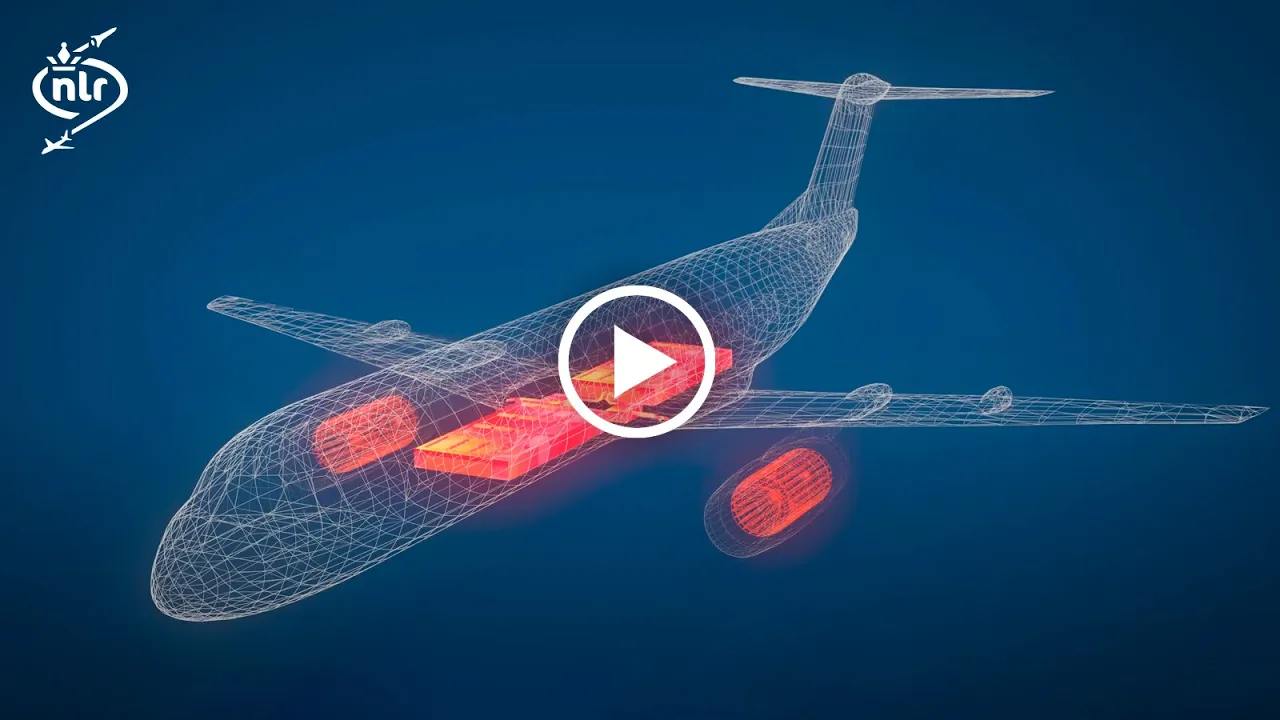
Platform System Design

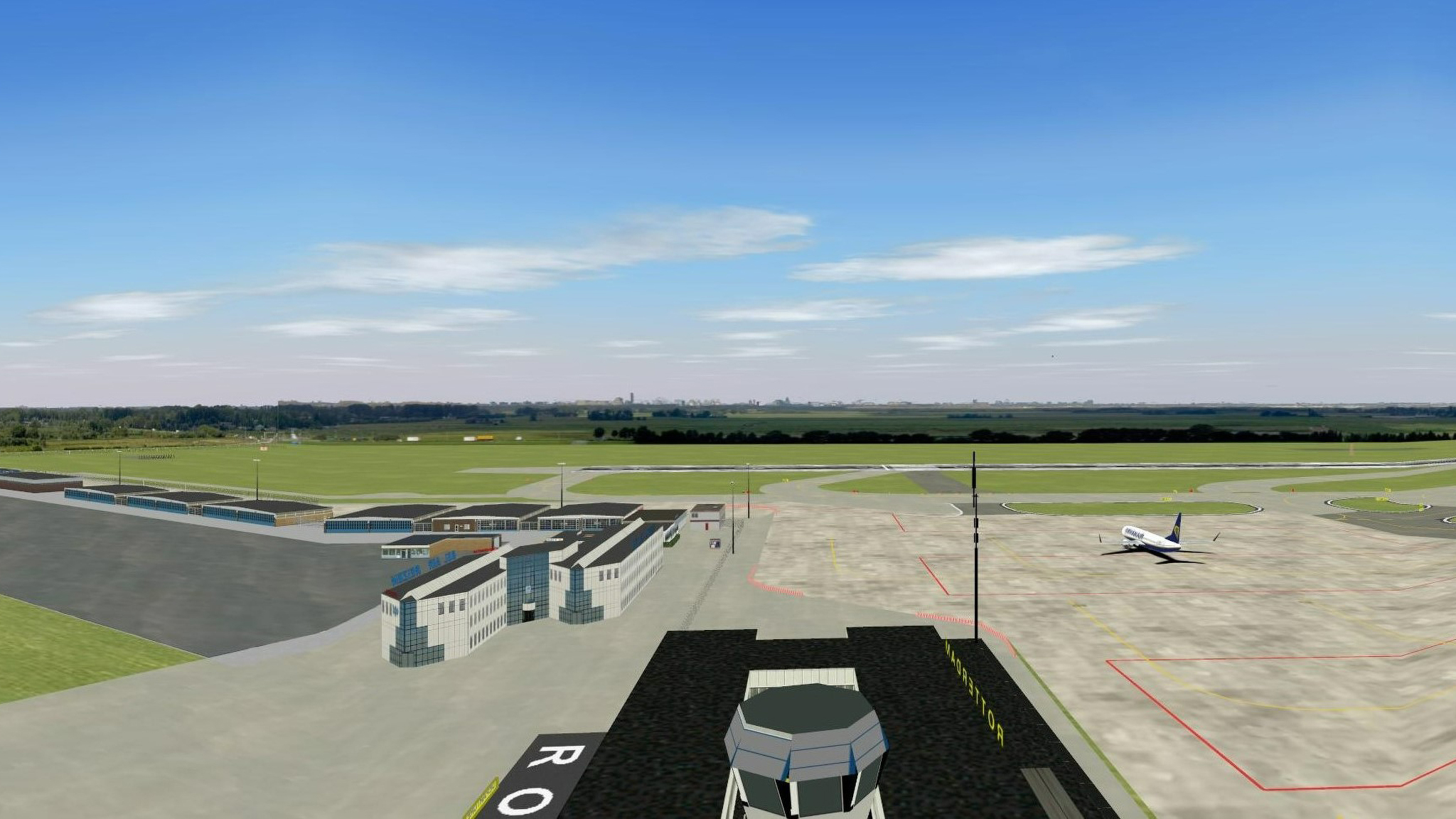
05 June 2023
R&D case: ATM U-space interface (AURA)
The AURA (ATM U-space InteRfAce) project (SESAR 2020 project PJ34 ) investigated the development of concepts and technologies that are necessary to allow existing ATM systems and future U-space operations to interact in a safe, predictable and seamless way. One of the basic assumptions of the project is that manned and unmanned movements take place in ATM U-space Shared Airspace (AUSA). AUSA can be delegated to be either ATM or U-space controlled. U-space traffic is then segregated by geo-cages around the U-space delegated part of AUSA. Contingencies and emergencies needed to be mitigated by delegating additional AUSA volumes to U-space.
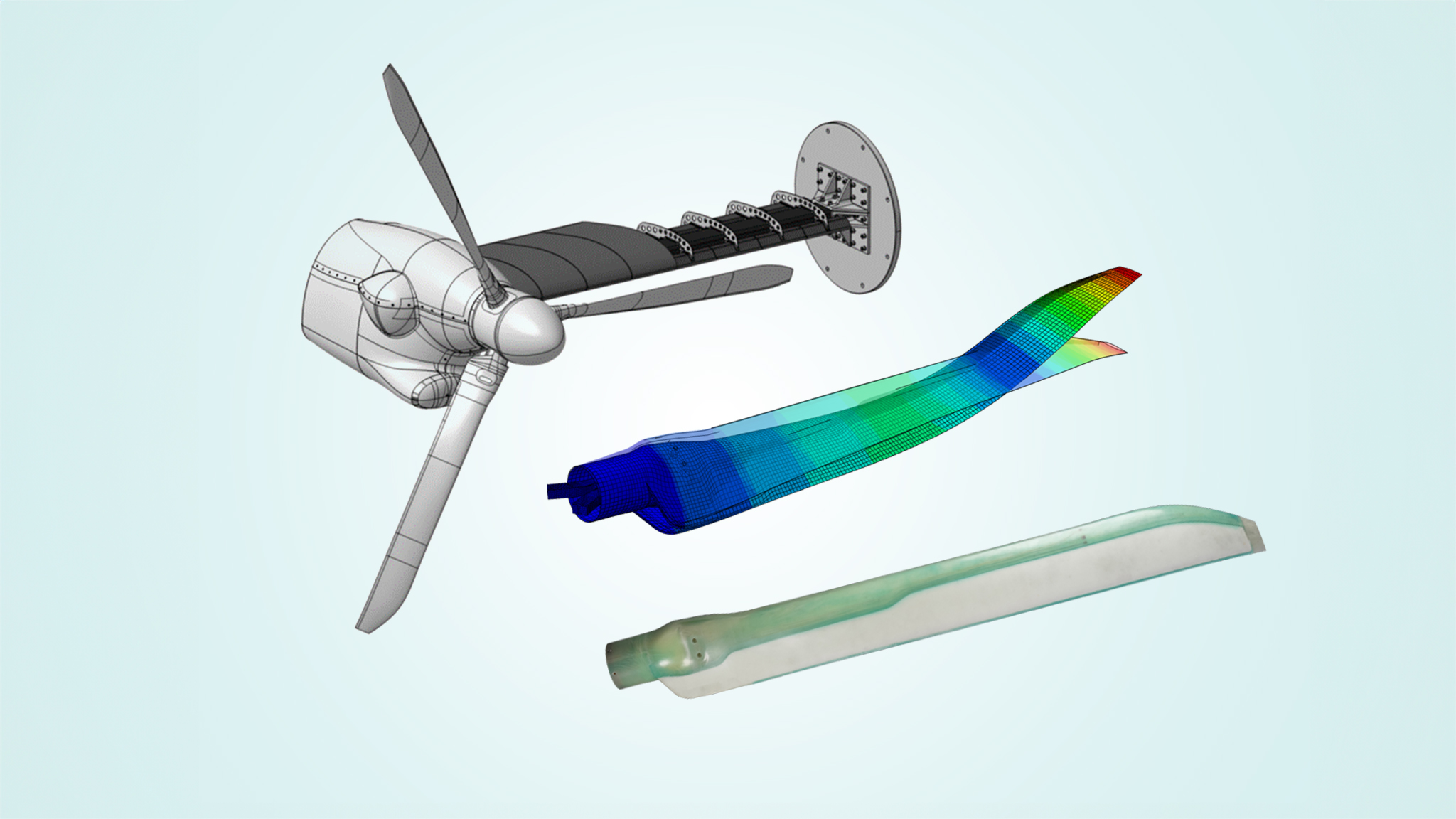
15 May 2023
R&D case: Advanced Testbed for Tiltrotor Aeroelastics (ATTILA)
Rotor blade designs have to be sufficiently strong for wind tunnel testing and must have dynamic characteristics that resemble the full-scale behaviour. This implies that the blade design should have a closely matching stiffness and mass distribution along its entire span in comparison with the target properties of the aeroelastically scaled blades.
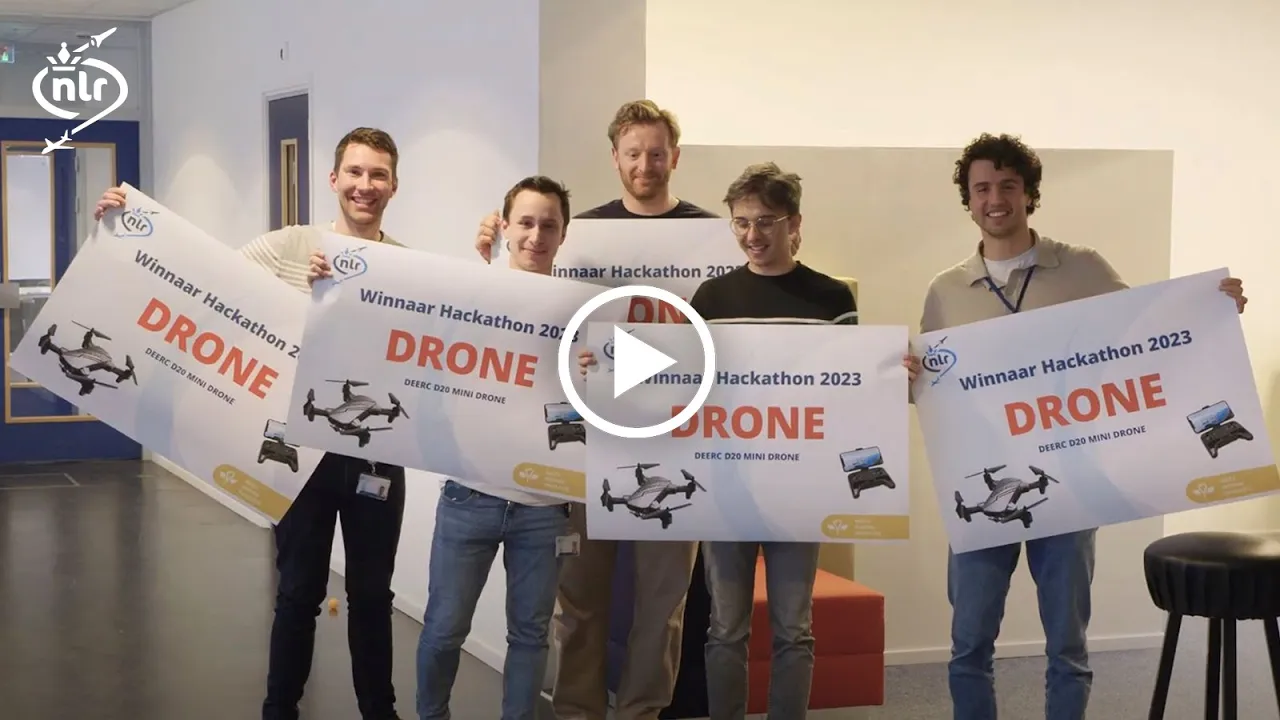
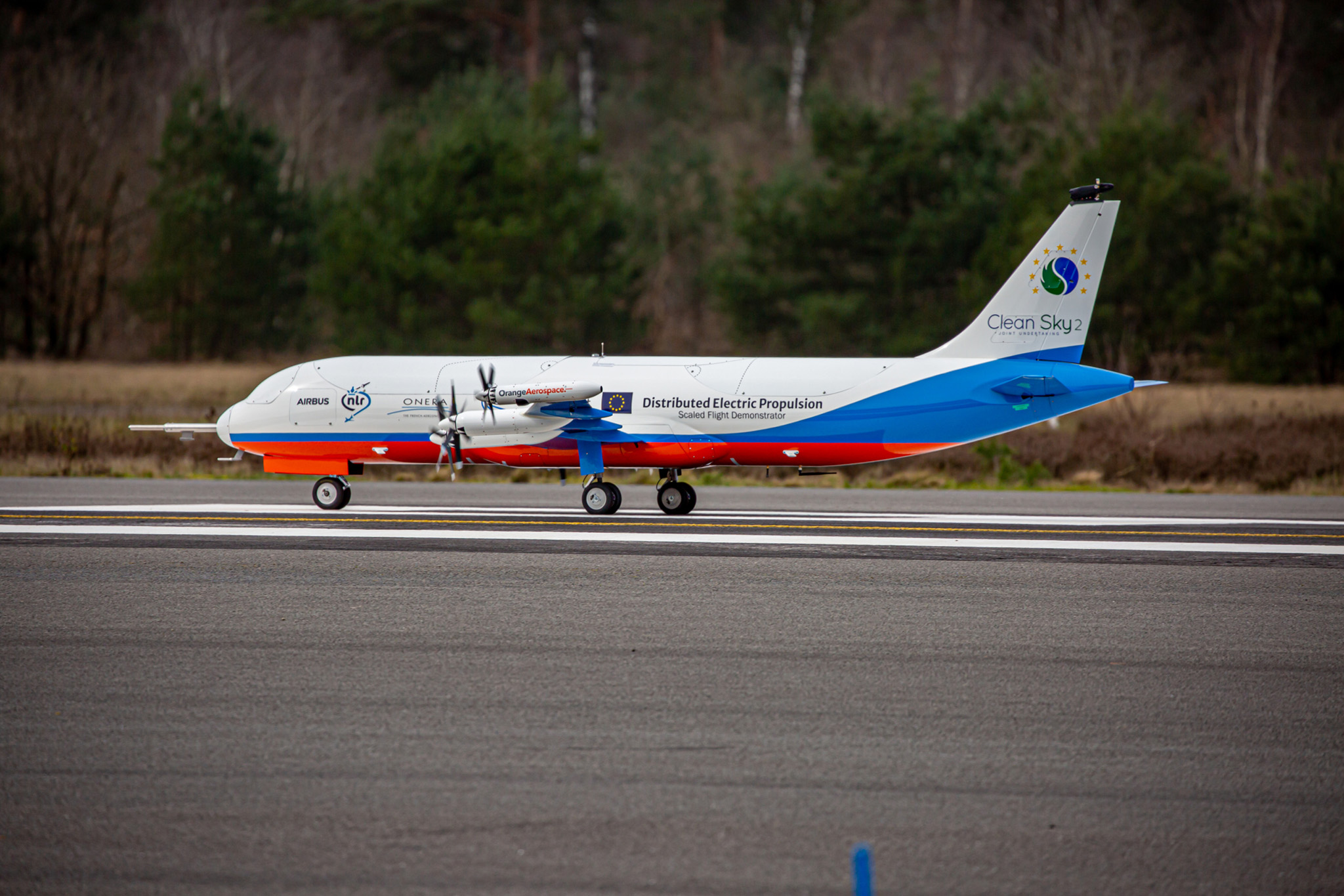
11 May 2023
Setback for research project with electric scale model
During a ground test, a scaled, unmanned aircraft caught fire. Despite the disappointment, the project partners are determined to persevere. The cause of the incident has not yet been determined, but it serves as a reminder that extensive testing remains necessary.
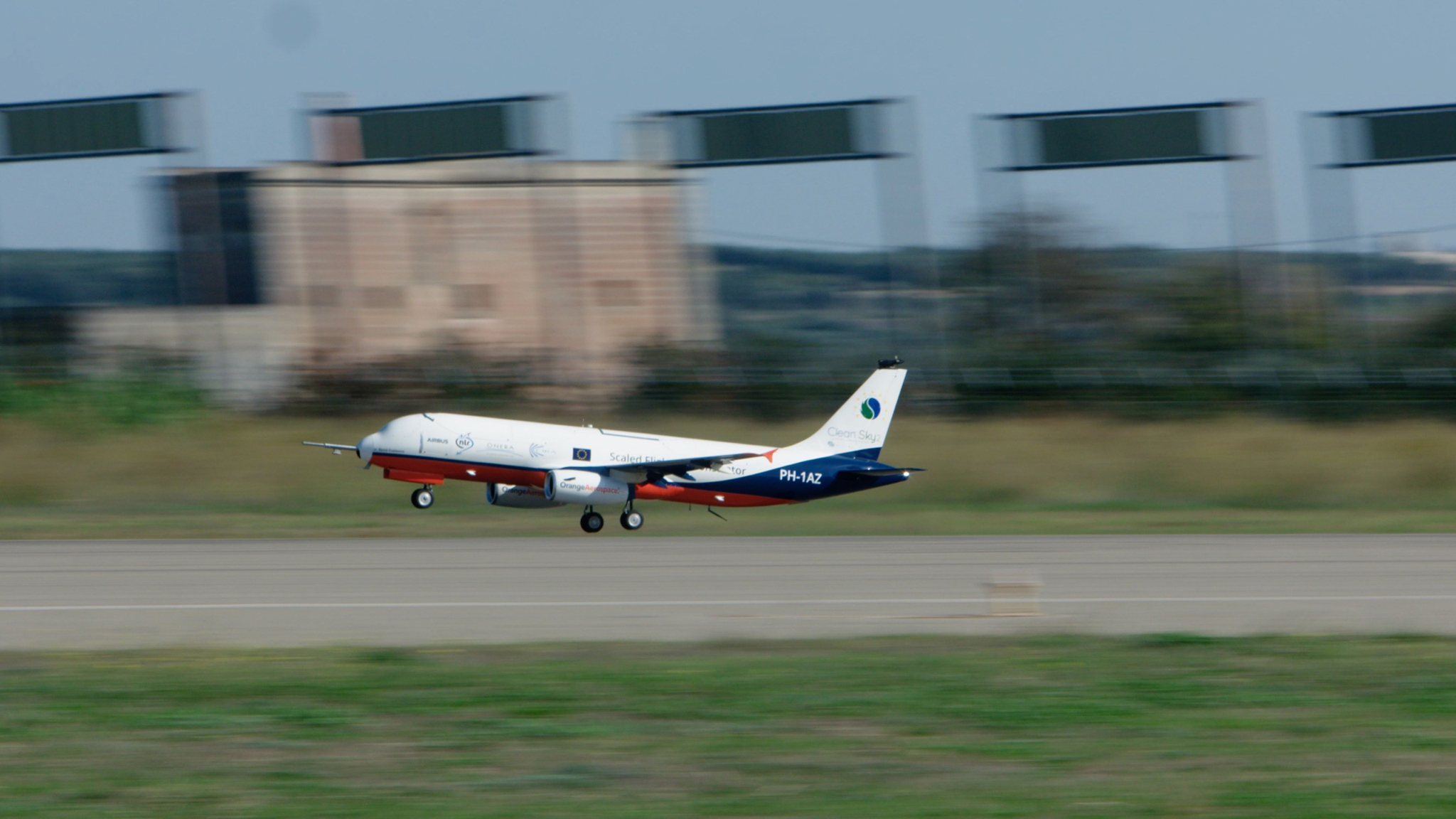
05 December 2022
Accelerating the development of future aircrafts
Aviation needs to become more sustainable and the requirements for that include innovative aircraft models and alternative means of propulsion. To accelerate those developments, Royal NLR is working with Airbus and the Italian and French knowledge institutes CIRA and ONERA to investigate the potential of scale models that mimic the dynamic movements of full-size aircraft. “We’re making sure that the aircraft of the future can be developed faster and more efficiently,” says Leo Timmermans, a senior R&D engineer at NLR.

28 November 2022
How to accelerate development for future aircraft
Aviation needs to become more sustainable and the requirements for that include innovative aircraft models and alternative means of propulsion. To accelerate those developments, Royal NLR is working with Airbus and the Italian and French knowledge institutes CIRA and ONERA to investigate the potential of scale models that mimic the dynamic movements of full-size aircraft. “We’re making sure that the aircraft of the future can be developed faster and more efficiently,” says Leo Timmermans, a senior R&D engineer at NLR.

23 November 2022
Clean Aviation’s scaled flight demonstrator completes its mission flight tests
Between 17 October and 31 October 2022, the Scaled Flight Demonstrator (SFD) developed in the frame of Clean Aviation made 19 flights for a total of 8 flight hours, taking off from and landing at Aeroporto di Taranto-Grottaglie in Italy. During the missions, about 70 automated manoeuvers have been executed in order to carry out parameter identification. This experimental campaign is key for the validation of the Scaled Flight Testing approach as a means to mature future disruptive technologies that will significantly reduce aircraft energy consumption.
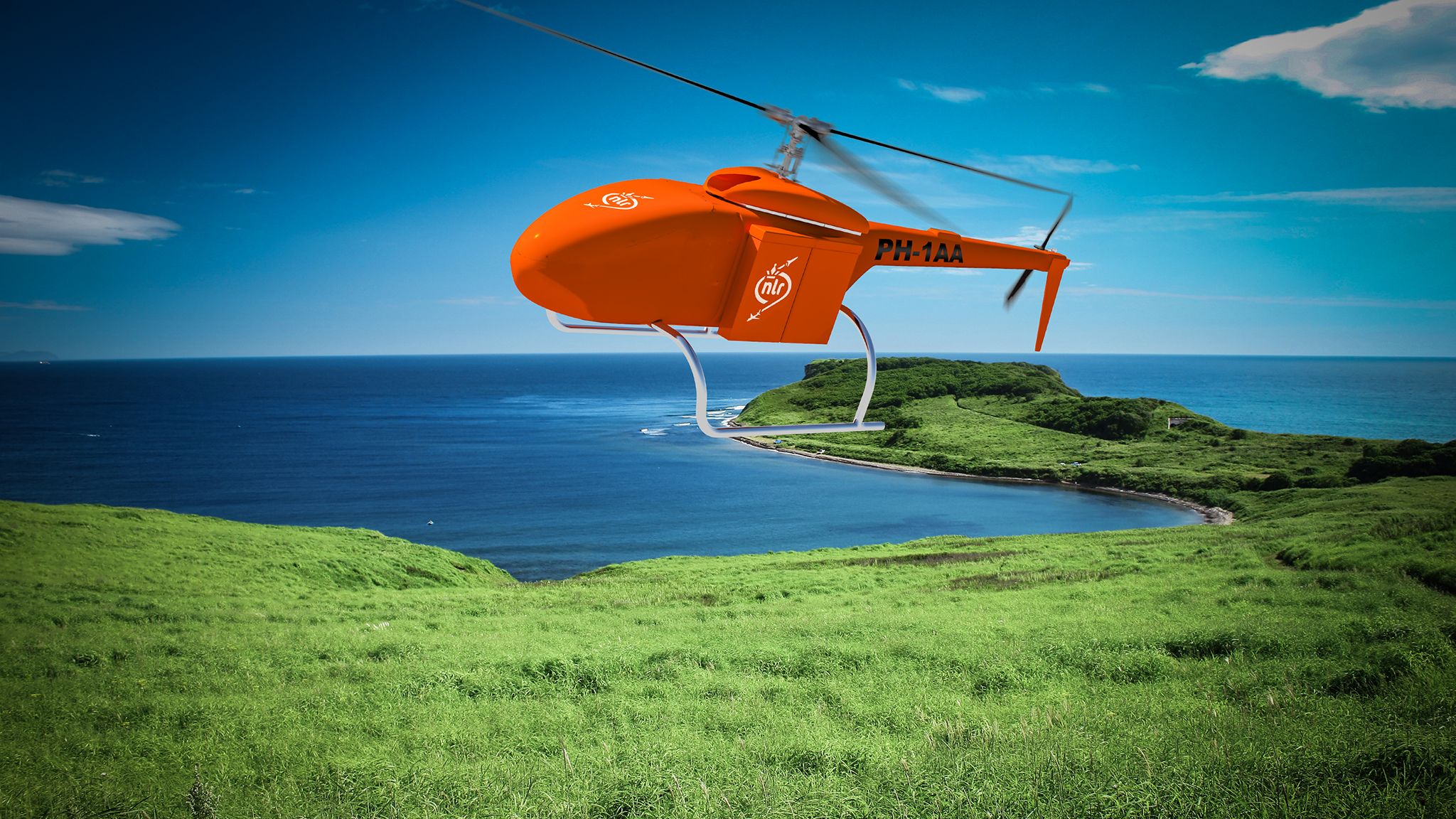
26 October 2022
R&D case: Detect And Avoid system (ADACORSA)
To enable safe airspace integration of unmanned aircraft, a Detect And Avoid (DAA) system is required to evade other (manned) aircraft. One solution is to use a Cooperative Traffic Sensor based on transponder signals. Such a sensor is not yet available with a small form factor suitable for unmanned aircraft. Within the Airborne Data Collection on Resilient System Architectures (ADACORSA) project, such a sensor will be developed and tested in cooperation with the partners.